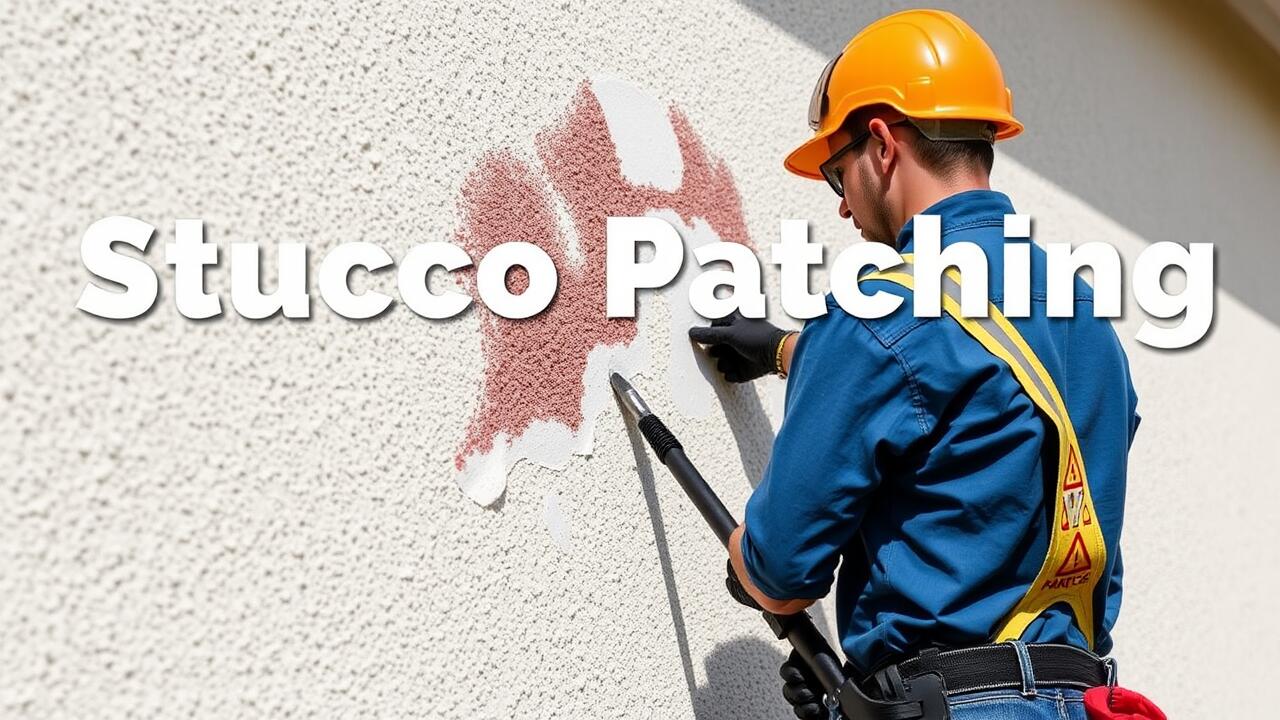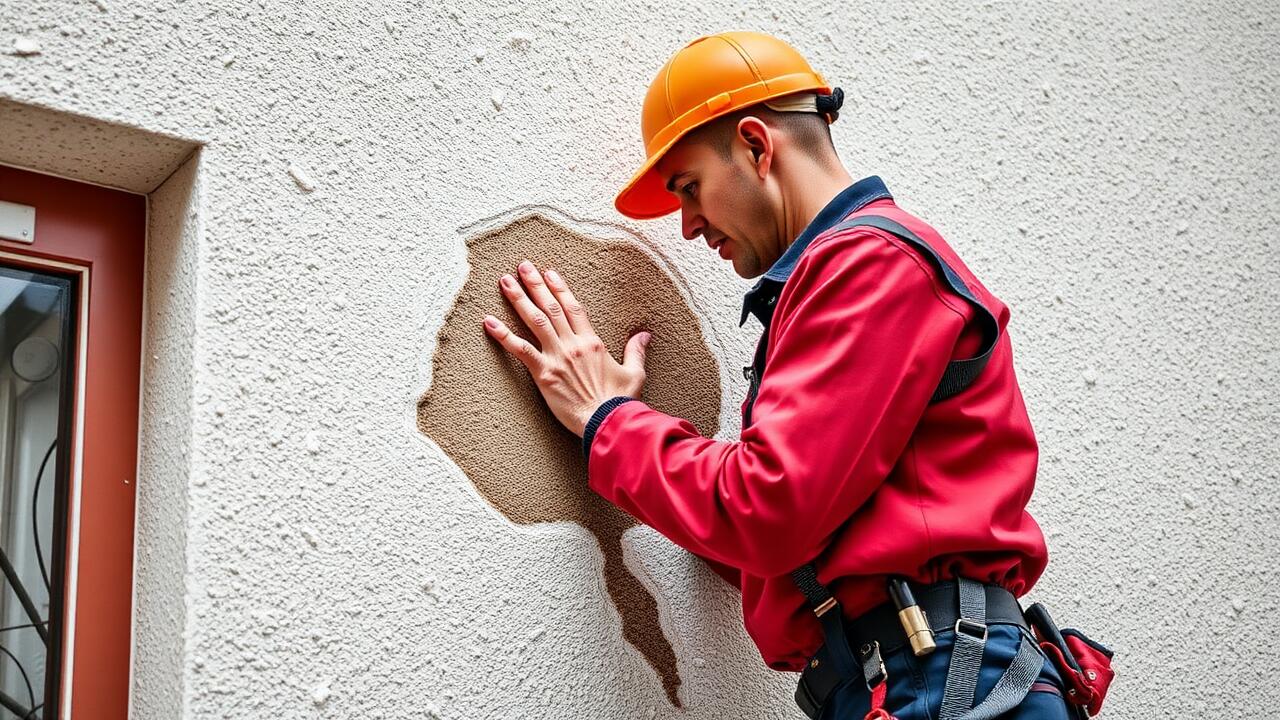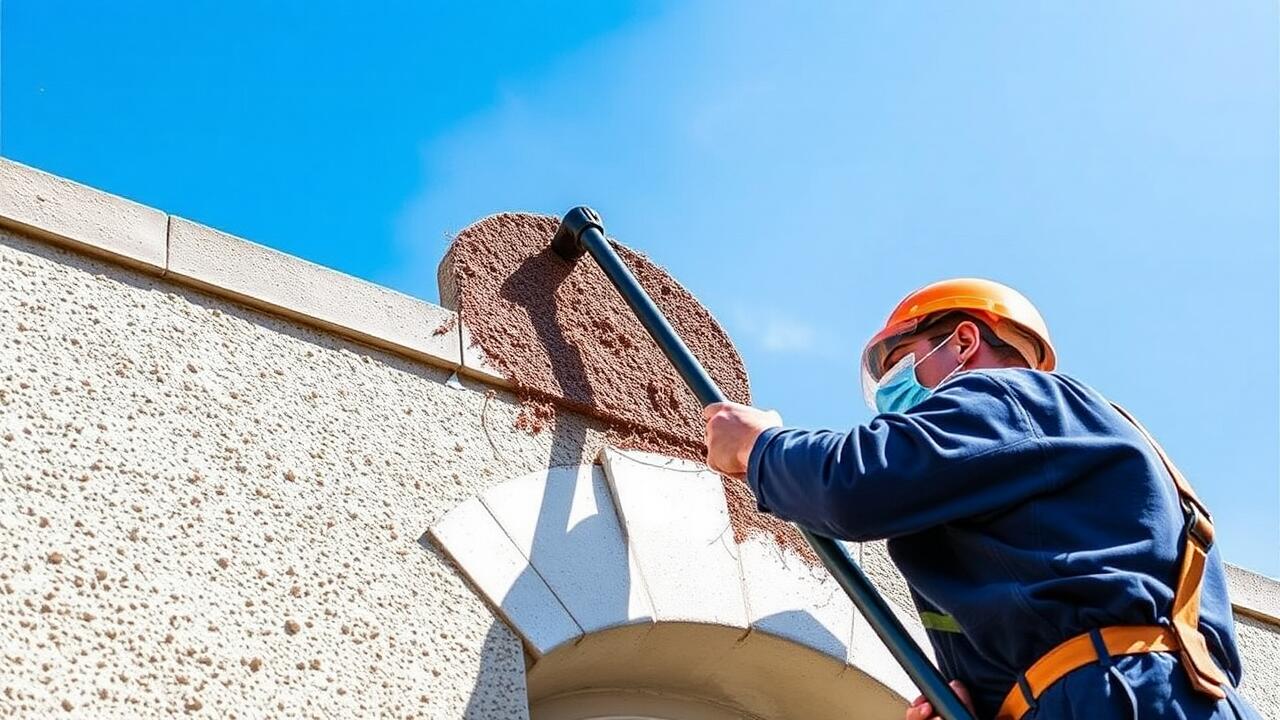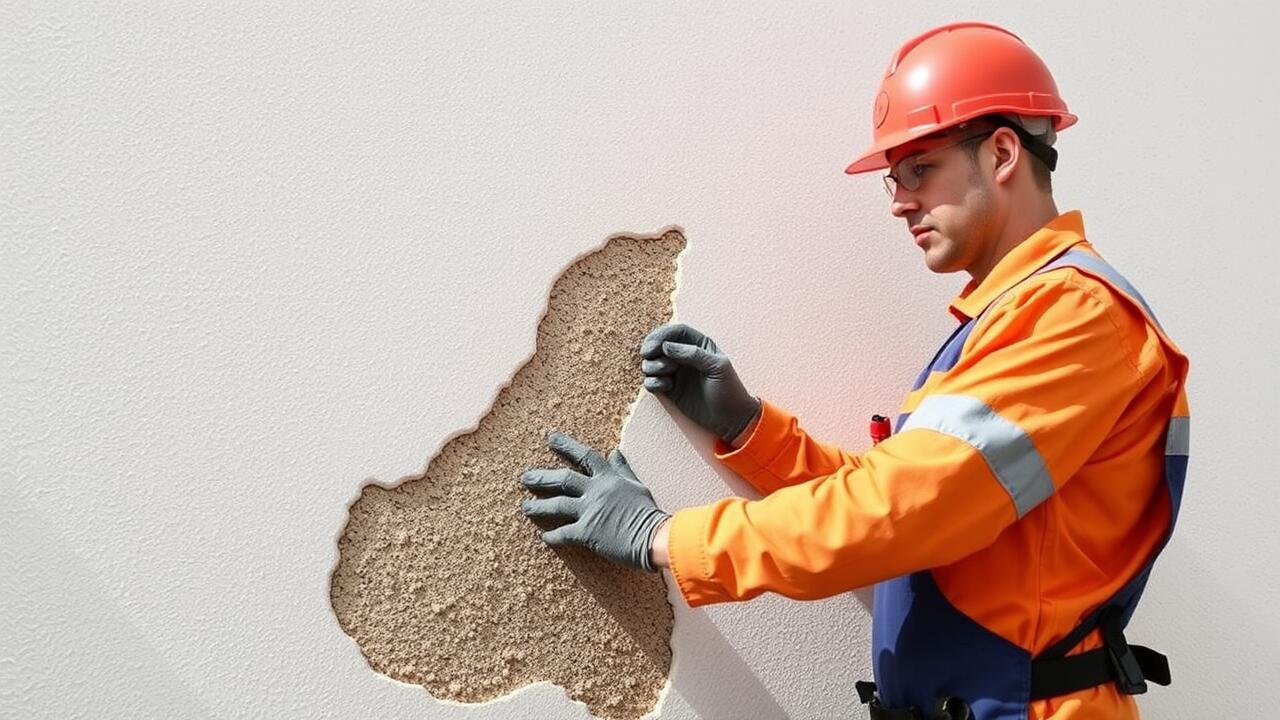
Repairing Larger Cracks
Larger cracks in stucco require a more thorough approach to ensure a seamless repair. Start by clearing any loose material around the crack. Use a chisel or a wire brush to remove debris. This step is critical for the new patching material to adhere properly. Once the area is prepared, consider using caulk or specific adhesive for wider fractures before applying the patch material. Finding services for "Stucco Patching near me" can greatly expedite the repair process, providing you access to skilled professionals equipped with the right materials.
After filling the crack, let the patch dry according to the manufacturer's directions. This drying time is essential as it influences the durability of the repair. Once dry, apply a layer of stucco that matches the surrounding surface. Feathering the edges will help blend the new stucco with the existing finish. If necessary, sand down any rough spots for a smooth appearance. Careful attention to detail during this stage can make repairs nearly invisible, enhancing the overall look of the structure.
Using Patch Material Effectively
When addressing cracks in stucco, selecting the right patch material is essential to ensure a smooth and durable repair. Many products are specifically designed for stucco applications. It’s wise to choose one that closely matches the existing texture and color of your surface. Before application, prepare the area by cleaning it thoroughly. Removing any loose debris or old material will promote better adhesion and improve the overall result of your repair.
When searching for local resources, consider looking for "Stucco Patching near me." This can help you find suppliers that offer quality patch materials and may even provide expert advice on your specific repair needs. After selecting a suitable patch material, follow the manufacturer's instructions for mixing and applying. This ensures that the patch will bond effectively to the existing stucco, resulting in a seamless finish that can withstand the elements.
Applying a New Coat of Stucco
Applying a new coat of stucco can significantly enhance the appearance and durability of your exterior. It is essential to start with a clean, dry surface before applying the new layer. Inspect the area for any loose debris or crumbling sections and remove these thoroughly. If cracks or damage are already present, ensure they are adequately repaired before proceeding. Smooth out any rough spots to create an even base for the stucco finish. When looking for professional help, searching for "Stucco Patching near me" can yield local experts to assist with the process.
The mixing and application of the stucco is a critical step in achieving a long-lasting finish. Follow the manufacturer’s instructions regarding the mix ratios and water content to ensure optimal adhesion and curing. Use appropriate tools, such as trowels and floats, for an even application. Apply the new stucco in consistent layers, and consider using a texture that matches your existing exterior for a seamless look. Properly curing the new stucco is equally important; protect it from extreme weather conditions during the drying process to prevent cracks and other issues from developing.
Mixing and Application Tips
When mixing stucco patching material, aim for a consistency similar to peanut butter. This texture allows for easy application while ensuring the material will adhere properly to the cracks. Measure the dry ingredients and water accurately to avoid issues with setting times or rigidity. Always mix in small batches to maintain an optimal working texture and prevent the mixture from drying out before use.
Application requires a careful approach to achieve a seamless finish. Start by using a trowel to apply the stucco, pressing the mixture firmly into the crack to ensure it fills completely. Feather the edges to blend the new patch with the surrounding stucco. If looking for professional results, consider searching for "Stucco Patching near me," as local experts can provide guidance and assistance during the repair process.
Ensuring Long-Lasting Repairs
To ensure long-lasting repairs after fixing cracks in stucco, regular maintenance is essential. Inspect the surface periodically for new cracks or signs of moisture. Keeping gutters and downspouts clear of debris will help direct water away from the walls, reducing the risk of damage. Sealing the stucco with a waterproof coating can offer added protection, enhancing its durability against the elements.
If you're considering professional assistance, searching for "Stucco Patching near me" can connect you with skilled contractors who can provide expertise in long-term repairs. These professionals often have access to high-quality materials and techniques that may not be available for DIY repairs. Their experience can help ensure that your stucco remains in good condition, minimizing the need for future repairs.
Best Practices for Maintenance
Regular maintenance is essential for preserving the integrity of your stucco finish. Inspect the surface periodically for signs of moisture damage, cracks, or mold growth. Addressing these issues early can prevent more extensive repairs later. If you notice problems, search for “Stucco Patching near me” to find local professionals who can assist with timely repairs.
Additionally, keeping the area around your home well-drained helps protect stucco from water-related damage. Ensure gutters and downspouts are functioning properly to direct rainwater away from the foundation. Use compatible sealants and paints that allow the stucco to breathe while providing adequate protection from the elements. Engaging in these best practices maintains both aesthetic appeal and durability in your stucco application.
FAQS
What are the main techniques for repairing larger cracks in stucco?
The main techniques for repairing larger cracks include using patch material, applying a new coat of stucco, and ensuring proper surface preparation before beginning the repair process.
How do I choose the right patch material for stucco repairs?
When choosing patch material, look for products specifically designed for stucco, ensuring they offer flexibility, adhesion, and weather resistance to match the existing stucco's characteristics.
What are the steps to applying a new coat of stucco after repairing cracks?
First, mix the stucco according to the manufacturer's instructions, then apply it evenly over the repaired areas using a trowel, and finally, texture it to match the surrounding stucco.
What mixing tips should I follow for stucco repair?
Ensure that you mix the stucco to a consistency similar to peanut butter, avoid over-mixing to prevent air bubbles, and always follow the specific mixing instructions provided by the manufacturer.
How can I ensure my stucco repairs are long-lasting?
To ensure long-lasting repairs, maintain proper surface preparation, use high-quality materials, allow adequate curing time, and perform regular maintenance checks to address any new issues promptly.


